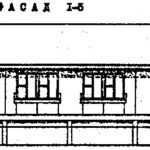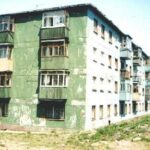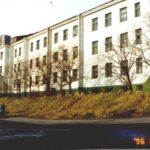by Jacob Eisenberg, Svetlana Uranova, Ulugbek T. Begaliev
This building type is characterized with a special system of seismic protection called “Disengaging Reserve Elements” (DRE). DRE are installed at the ground floor level of a building, which is typically a RC frame structure. The upper part of the building, usually 9 stories high, is a load-bearing wall structure, either of large-panel RC construction or brick masonry construction. DRE consist of a “rigid structure” (usually RC wall panel) connected to the adjacent RC frame members by means of disengaging restraints. Disengaging restraints are sacrificial reserve elements (fuses) that serve as restraints for the “rigid structures.” Typical restraints are steel plates joined together by means of rivets or steel bolts, steel bars, concrete prisms or cubes, etc. Initially, at the lower ground motion level, DRE and RC frame work together; at that stage, disengaging elements transfer lateral loads to rigid structures. DRE is an adaptive seismic protection system whose unique feature, the variable (self-adjusting) rigidity and periods of vibration during an earthquake, prevent resonance. This system is widely used in seismic-prone areas of Russia and Kyrgyzstan. Buildings of this type have not yet been exposed to the effects of damaging earthquakes.






